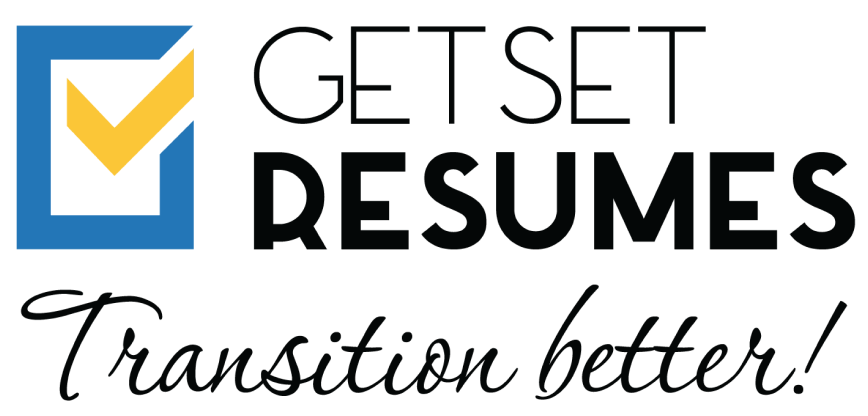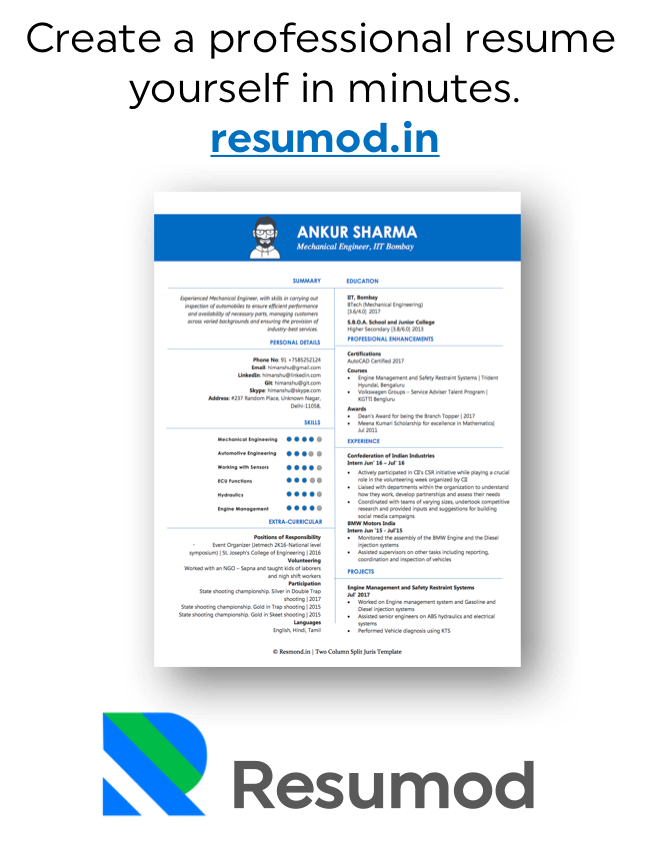Your resume isn’t just a record of where you’ve been—it’s a blueprint for where you’re headed. Every role, project, and skill you acquire contributes to your career story, and the way you present them determines how hiring managers perceive your growth potential.
In today’s competitive job market, where recruiters spend 6-7 seconds scanning resumes, it’s crucial to highlight not just your past experiences but also your ability to advance and excel. Whether you’re aiming for a leadership role, a career switch, or a promotion, your resume should clearly reflect your trajectory and readiness for the next step.
Let’s explore how to craft a resume that highlights career growth, leadership, and impact.
Start with a Compelling Summary
Your resume summary should immediately showcase your expertise, growth, and aspirations. Instead of a generic introduction, craft a narrative that highlights:
- Your years of experience
- Key accomplishments
- Leadership capabilities
- Future career goals
Example:
Before: Experienced Marketing Professional with a background in digital campaigns.
After: Results-driven Marketing Manager with 8+ years of experience leading multi-channel campaigns, increasing brand engagement by 40%, and managing high-performing teams.
This instantly establishes credibility and career progression.
Highlight Promotions & Internal Growth
Recruiters value candidates who demonstrate internal growth. If you’ve been promoted or taken on more responsibilities within a company, make it clear:
Example:
XYZ Corp
Marketing Coordinator (2019-2021) → Marketing Manager (2021-Present)
Instead of merging roles, list them separately and include:
- Key achievements at each level
- Expanded responsibilities
- Leadership contributions
This signals upward career movement and adaptability.
Focus on Impact, Not Just Responsibilities
Many resumes list job duties instead of demonstrating value. Instead of saying:
Managed a sales team
Try: Led a team of 12 sales professionals, increasing quarterly revenue by 30% through strategic partnerships and customer engagement.
Whenever possible, quantify achievements:
- Increased revenue by X%
- Reduced costs by X amount
- Improved efficiency by X%
Hiring managers appreciate data-backed growth over vague descriptions.
Showcase Leadership & Initiative
Even if you’re not in a managerial role, highlight leadership qualities through:
- Projects you led
- Cross-functional collaborations
- Process improvements
Example:
Spearheaded the launch of an AI-powered CRM system, reducing lead response time by 50% and increasing conversion rates by 20%.
This demonstrates your ability to drive change and take initiative.
Highlight Continuous Learning & Upskilling
In today’s fast-changing job market, professionals who upskill regularly are more valuable. If you’ve completed certifications, leadership programs, or technical training, include them under:
- Certifications & Learning
- Professional Development
Example:
- Google Data Analytics Certification (2023)
- Advanced Excel for Financial Analysts (2022)
Stat: According to LinkedIn, 94% of employees say they would stay longer in a company that invests in their career development.
This signals commitment to growth—a quality recruiters look for.
Optimize for ATS & Use Industry-Specific Keywords
Most companies use Applicant Tracking Systems (ATS) to scan resumes. To ensure yours gets through, use relevant industry keywords.
- Managed social media
- Executed omnichannel social media strategies, leveraging SEO, PPC, and influencer marketing to increase engagement by 40%.
- Use role-specific and industry-relevant terms
- Naturally integrate keywords from job descriptions
This increases the likelihood of your resume reaching hiring managers.
Tailor Your Resume for Each Opportunity
A one-size-fits-all resume doesn’t work anymore. To stand out:
- Analyze the job description carefully
- Match your skills and achievements to the role
- Highlight the most relevant experience
Pro Tip: Use the STAR (Situation, Task, Action, Result) format to frame achievements concisely.
End with a Strategic Call-to-Action
Instead of ending with “References available upon request,” reinforce your career vision.
Example:
Passionate about leveraging data-driven strategies to drive business growth. Open to leadership roles in digital transformation and business strategy.
This leaves a lasting impression and signals your next career move.
Your Resume Is a Growth Tool, Not Just a Job Tracker
Your resume should showcase where you’ve been and where you’re headed. Every role, project, and learning experience is a stepping stone toward greater responsibilities and leadership.
Employers don’t just hire based on experience—they seek professionals who demonstrate continuous growth, adaptability, and impact. By strategically positioning your career progression, you not only meet job requirements but exceed expectations.
It’s time to refine your resume, align it with your aspirations, and make every word count.


